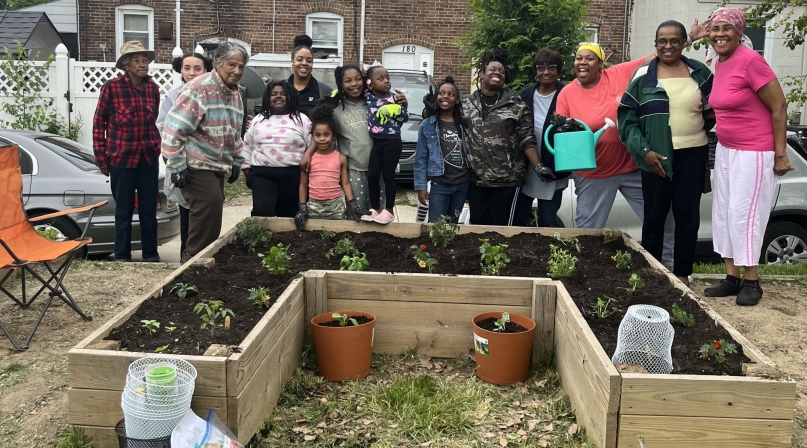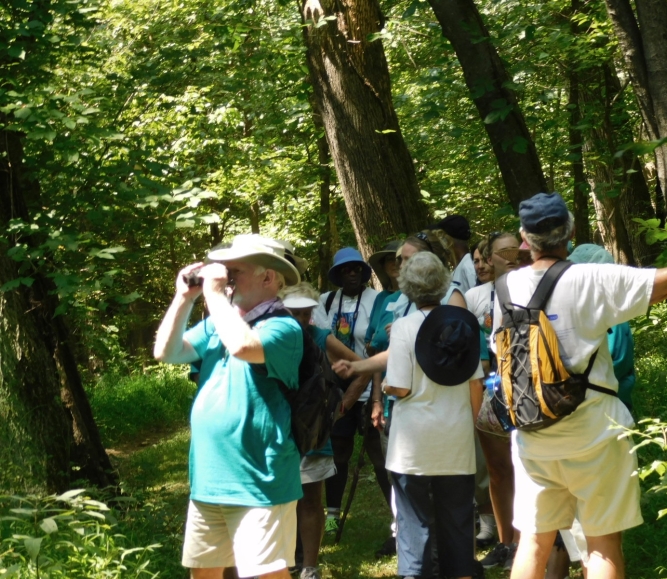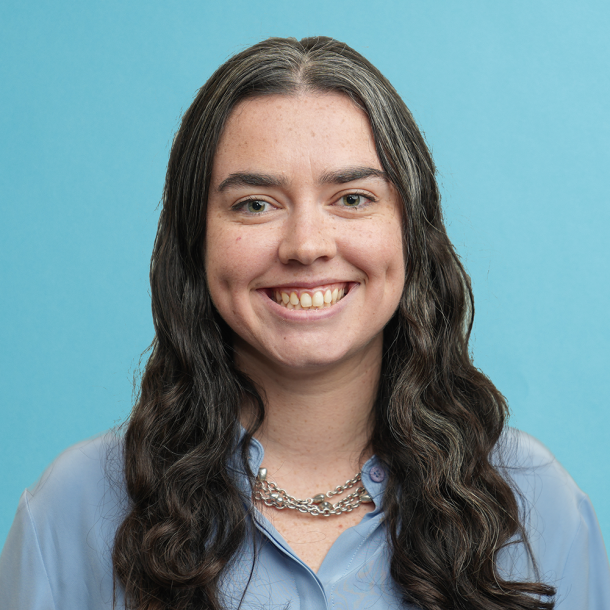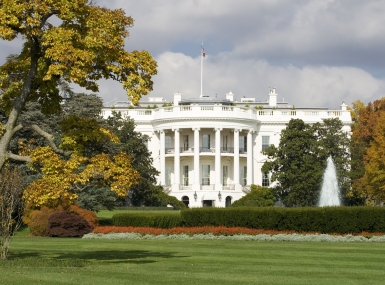Maryland county invests in community ‘villages’

Key Takeaways
After his brain tumor diagnosis, Taj-ur-Rehman was weighing whether he wanted to undergo surgery to have it removed or if he should just let it kill him. The tumor was operable, but what worried him more than the surgery itself was what he would do after. Without family in the area, he felt he lacked a support system and didn’t know how he would pay for the surgery or how he would get to doctor’s appointments. Who would help him with food or assist with any caregiving he would need in recovery?
“He had no hope, essentially,” said Rubina Ansari, program coordinator for Golden Age Village, an organization that offers resources to Baltimore County, Md.’s aging population. “He was in the mindset that, ‘My time has come, this is probably the best way for me to go — just accept that I have this tumor and that I’m not going to get better, and that eventually I’m going to die.’”
Then his “village” stepped in.
To help its older population “age in place,” Baltimore County launched the Villages of Baltimore County initiative, which provided $50,000 in grant funding to six organizations that serve cultural communities that have historically been under-resourced so that they could build out, or expand their existing, social and transportation programs specifically for older adults. Roughly 2,100 people in Baltimore County have been served through the initiative, according to Eram Abbasi, Baltimore County Department of Aging’s chief of community services.
“These grassroots organizations were already working in their community in some capacity,” Abbasi said. “They were providing tutoring services, they were working with children — they had a network of volunteers already in place.
“All we did was provide them with the tools and funding to say, ‘Could you also use the infrastructure that you build to add older adults as well?’”
The $50,000 grant allowed the Golden Age Village at the Islamic Society of Baltimore to create two centers, one of which Taj-ur-Rehman is a part of. Dr. Mushtaq Khan, who is also part of the village, led the charge to create a plan of action for Taj-ur-Rehman post-operation that includes a meal train and rotating visitation schedule, according to Ansari.
Dr. Khan and another village member have also volunteered to be his primary caregivers and point of contact with his doctor while he’s recovering, and village members have come together to raise funds for the surgery, so that it won’t be as much of a financial burden on him, she added.
“They reminded him of his importance in the community,” Ansari said. “And then when they presented everything to him and gave him that comfort … it was enough to convince him to go ahead and schedule the surgery.”
The villages initiative is part of a national model, which grew out of a grassroots movement in Beacon Hill, Mass. and has evolved into 285 villages across 42 U.S. states and Canada and Australia, according to Dr. Bill Kincaid, president of the Village-to-Village Network. Baltimore County adopted the village concept because it was looking for a way to reach out to underserved older adults in minority communities. Abbasi had previously established a village in her community, and thought the model would lend itself well to the department of aging’s goal, she said.
“Villages offer one mechanism of bringing people together and encouraging them to take an active role in what happens in their community and get involved,” Kincaid said. “So, it’s not just ‘you belong to the village because the village can do something for you’ — you belong to the village, because you can do something for the village and help others that are there.”
Each village in the Baltimore County initiative looks different, because they cater specifically to the population they’re serving, however all of them provide social programming of some kind and assistance with transportation, according to Eram.
“I think it’s important for counties to realize that they have a very important role to play in fashioning a world that older people can live in,” Kincaid said. “One of the difficulties as we age, particularly because of the number of people who are [aging], is how do we cope with building a livable community for everyone? Not just for the elderly, but for everyone.
“So, one of the things that villages try to do is not only reach out to the older people in their community, but to younger people as well, who can do the volunteering to keep people in their homes.”
The Baltimore Association of Nepalese in America’s village has a clinic in which healthcare professionals in the community provide free monthly check-ups, including vision and hearing tests.
Another village partnered with a local high school’s career program. Students in the culinary program serve lunches to the village members and students in the cosmetology program provide manicure and pedicure serves.
Neighborhood Companions, Inc., which serves older adults in the historically Black Baltimore neighborhood of Turner Station, recently established a community garden, which the grant funding helped make possible. In May, a local Girl Scout Troop — which is led by Neighborhood Companions’ CEO and founder, Arkia Wade — worked alongside the organization’s village members to plant fresh produce, including cucumbers, eggplant, peppers, strawberries and watermelon.
“We’re in a food desert here in Turner Station,” Wade said. “We haven’t had a grocery store in over six years, so food is a definite issue in our community, and finding healthy food is even more of a challenge.”
Local Eagle Scouts built raised beds for the garden; one of the beds was built higher than the others, so that an older adult sitting in a chair or wheelchair could also participate.
The plan is to make salad boxes and bags from the produce, which will go to older adults in the community and a local church’s food pantry.
“The people in my community struggle to put food on the table,” Wade said.
“My transportation visits consist of going to social services and food pantries and visits to the doctor that they might have neglected had they not had this service in the community.
“You have people who are trying to decide whether ‘I eat or pay for this medicine,’ so I think it’s been a long time coming, but I’m appreciative that the county is investing in communities that have been underserved for lots of years. It’s allowed me to really get the movement forward and give me a great foundation to build from. Without this money, I really don’t know what I would have done.”
The aging population is growing. The number of people in the country over the age of 100 will increase by 400% between now and 2050, according to a Pew Research Center report.
It’s not sustainable for every elderly person to be in a nursing home — there’s not enough of them to take care of everybody and there’s not enough money to pay for that level of care; villages can provide an alternative, Kincaid said.
“If we can keep people living in their homes and keep them healthy and provide the services they need and keep them independent longer, governments are going to do better, and individuals are going to do better.”
Related News

County Countdown – Dec. 15, 2025
Every other week, NACo's County Countdown reviews top federal policy advocacy items with an eye towards counties and the intergovernmental partnership.
Stretching small opioid settlement allocations helps funding do more
States and localities are set to receive $56 billion in opioid settlement dollars over an 18-year period, but not every county that receives settlement funding will get enough to build out infrastructure.
County News
Great outdoors connects seniors in Loudoun County


